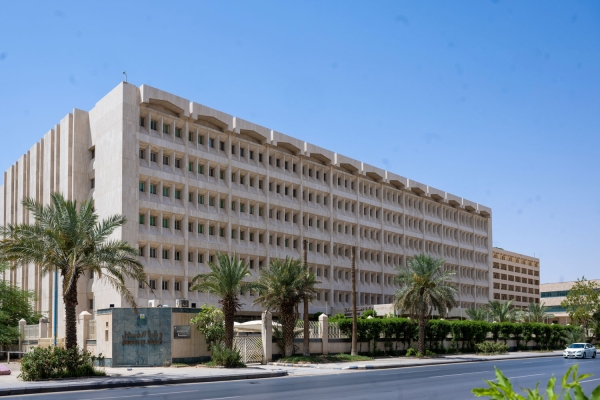

The Model Courts Project is a project aimed at implementing institutional judiciary in the courts of the Kingdom of Saudi Arabia. It was launched by the Ministry of Justice on April 1, 2019, to transition from traditional solutions to address challenges, improve and develop the work environment in courts, and apply a unified standard identity across them. The number of model courts in the Kingdom's provinces reached twenty-six by November 2023.
Phases of the Model Courts Project
The operational model of the Model Court was launched after being developed based on strategic and operational dimensions, encompassing eighteen key components to achieve the targeted model across several levels: the judicial level, administrative level, customer and beneficiary service, information technology, and an attractive work environment for qualified judicial professionals.
Before reaching the Model Court Project, the Ministry of Justice studied several international experiences, engaged with international experts and specialists, and adopted recommendations related to case management, court performance, organizational structure, and responsibility allocation, information technology, and the development of the courts' architectural environment. After the project was approved and launched by the Ministry of Justice, the first Model Court, the Family Court in Riyadh, was inaugurated. The unified standard identity for courts was officially announced and implemented on June 27, 2021.
Objectives of the Model Courts Project
The Model Courts Project aims to expedite case processing and ensure the precision of rulings while performing tasks through advanced and varied methods that meet the needs of litigants. It also seeks to improve the efficiency of budget usage in courts, reduce administrative burdens on judges, ease the litigation process for parties involved in lawsuits, and standardize procedures across all judicial courts to avoid discrepancies and individual interpretations.
Among its objectives is the continuous monitoring and evaluation of court performance to identify weaknesses and address them. The project also aims to pinpoint opportunities by setting development goals and strategies and tracking their implementation. Additionally, it seeks to create service channels that facilitate communication and decision-making regarding development, based on the actual performance of courts, ensuring that services are provided according to real needs.
Pillars of the Model Courts
The Model Courts Project is built on key pillars, including the development of procedures and the enhancement of judicial and administrative capacities, the improvement of construction and engineering works, and the promotion of a customer service culture to meet the ministry's goal of increasing beneficiary satisfaction. These pillars were defined after discussions on the structure and components of courts, both judicial and administrative, as well as the assessment of training needs. The project also emphasizes the use of technological enablers to expedite litigation processes, such as remote litigation mechanisms, remote translation, the provision of electronic training tools, and judicial delegation between judges.
Initiatives of the Model Courts Project
The Ministry of Justice launched several initiatives under the Model Courts Project to enhance court operations. These include establishing a central support entity, developing a unified electronic portal for court services, cataloging and classifying case types, and creating a case preparation center. The project also focuses on reorganizing and standardizing procedures across courts, implementing alternative dispute resolution methods, assigning an internal unit to manage case planning and scheduling, and improving legal and judicial research functions. Additionally, it aims to develop standardized electronic forms in multiple languages and enhance the notification process through advanced and diverse channels.
Related quizzes

